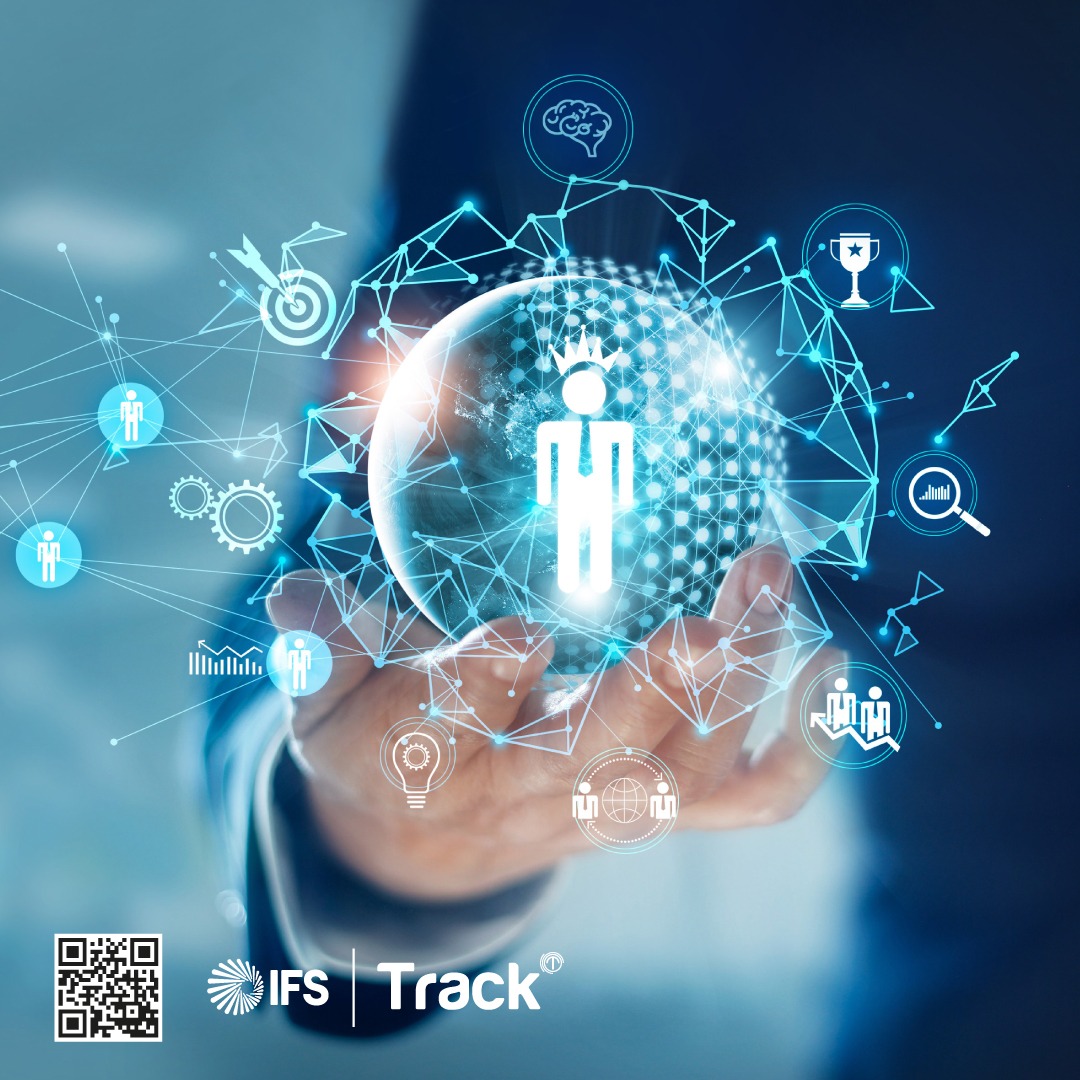- AI Basics
- Data Analysis
- Automation Aid
- Predictive Powers
- Enhancing Creativity
- Collaborative Intelligence
1. AI Basics
Artificial Intelligence, or AI, is a branch of computer science that aims to create machines capable of intelligent behavior. At its core, AI involves algorithms, which are sets of rules or instructions that computers follow to solve problems. By understanding the basics of how AI operates, you can start to identify tasks at work that could be optimized with AI assistance. This could range from data analysis to automating routine tasks, freeing you up to focus on more complex problems that require human ingenuity.
2. Data Analysis
When faced with complex challenges, data analysis can be incredibly time-consuming. AI excels at sifting through large datasets to find relevant patterns and anomalies. By employing machine learning, a subset of AI where machines learn from data, you can uncover insights that inform your decision-making process. This not only speeds up analysis but also enhances the accuracy of your conclusions, leading to more informed and effective problem-solving strategies.
3. Automation Aid
AI can automate many mundane tasks that clutter your day, such as scheduling meetings or sorting emails. This automation extends to more complex operations like managing customer service inquiries with chatbots or optimizing logistics in supply chain management. By delegating these tasks to AI, you can allocate more time and energy to tackle the strategic challenges that require a human touch, thus enhancing your productivity and problem-solving capabilities.
4. Predictive Powers
Predictive analytics is another area where AI can significantly enhance your problem-solving skills. AI algorithms can analyze historical data and identify trends to forecast future outcomes. This predictive power enables you to anticipate potential problems before they arise and devise preemptive strategies. Being proactive rather than reactive in your approach to challenges can give you a competitive edge in the workplace.
5. Enhancing Creativity
AI isn’t just about processing data; it can also be a source of inspiration for creative problem-solving. Tools like generative design use AI to explore a wider range of potential solutions than what might traditionally be considered. By inputting design constraints and objectives into an AI system, you can generate numerous design alternatives, pushing the boundaries of innovation and finding unique solutions to complex problems.
6. Collaborative Intelligence
The collaboration between human and artificial intelligence, known as collaborative intelligence, is where the true potential for enhanced problem-solving lies. By combining your intuitive understanding of a problem with AI’s computational power, you can approach challenges from a multifaceted perspective. This synergy allows for more nuanced and sophisticated solutions that neither you nor AI could achieve alone, ultimately leading to breakthroughs in your work.
SOURCE: https://www.linkedin.com/advice/0/youre-facing-complex-challenges-work-how-txo1e

